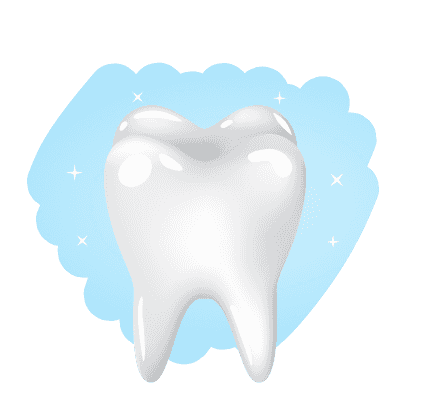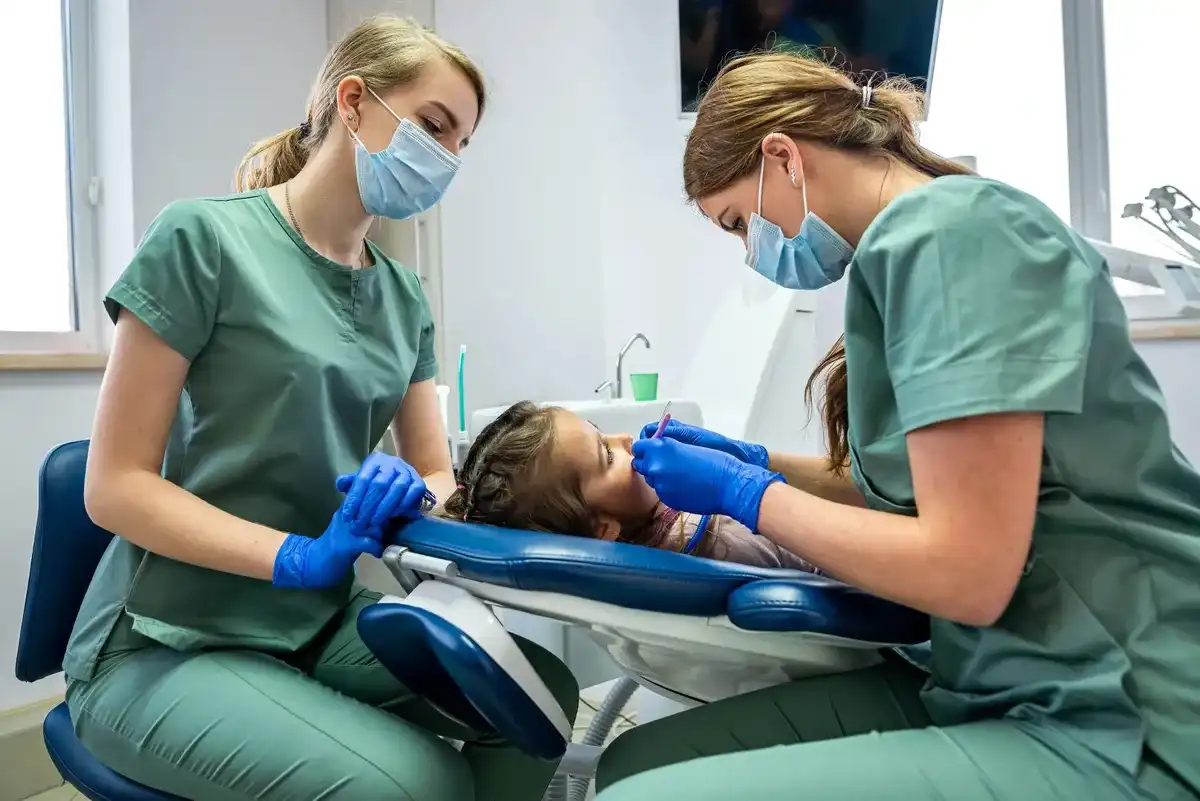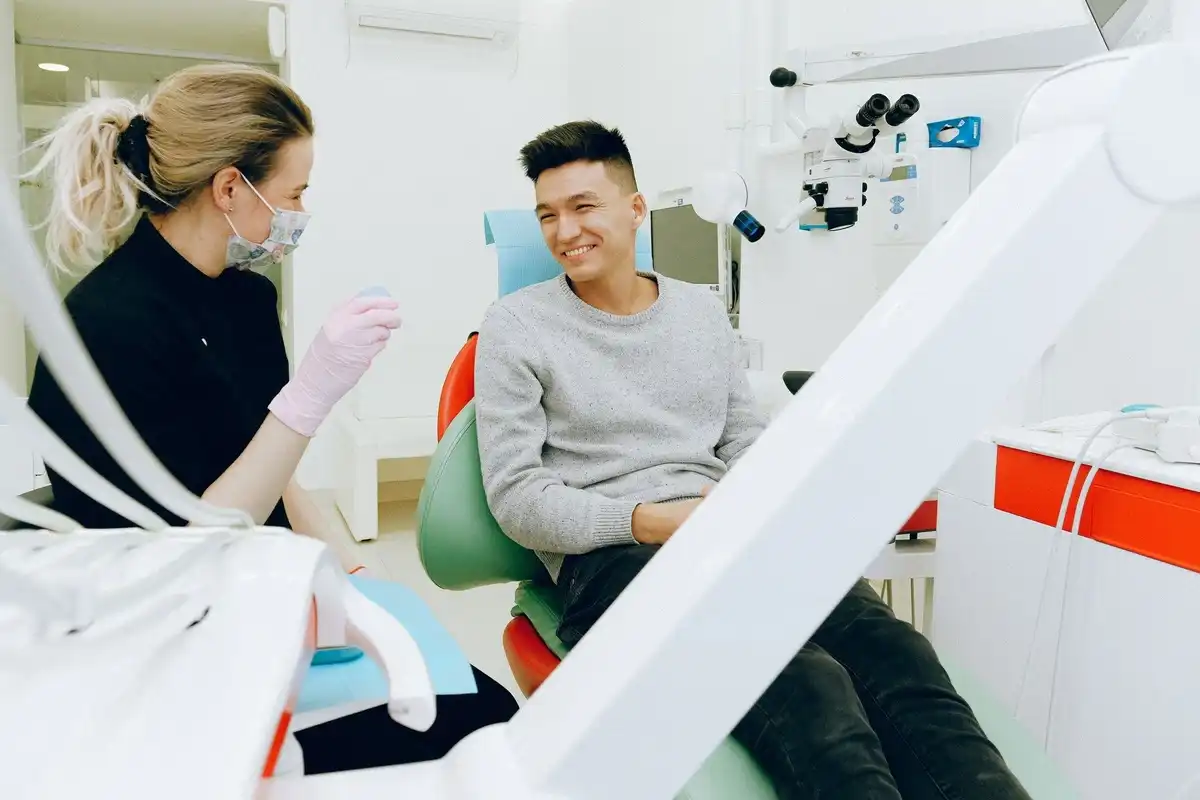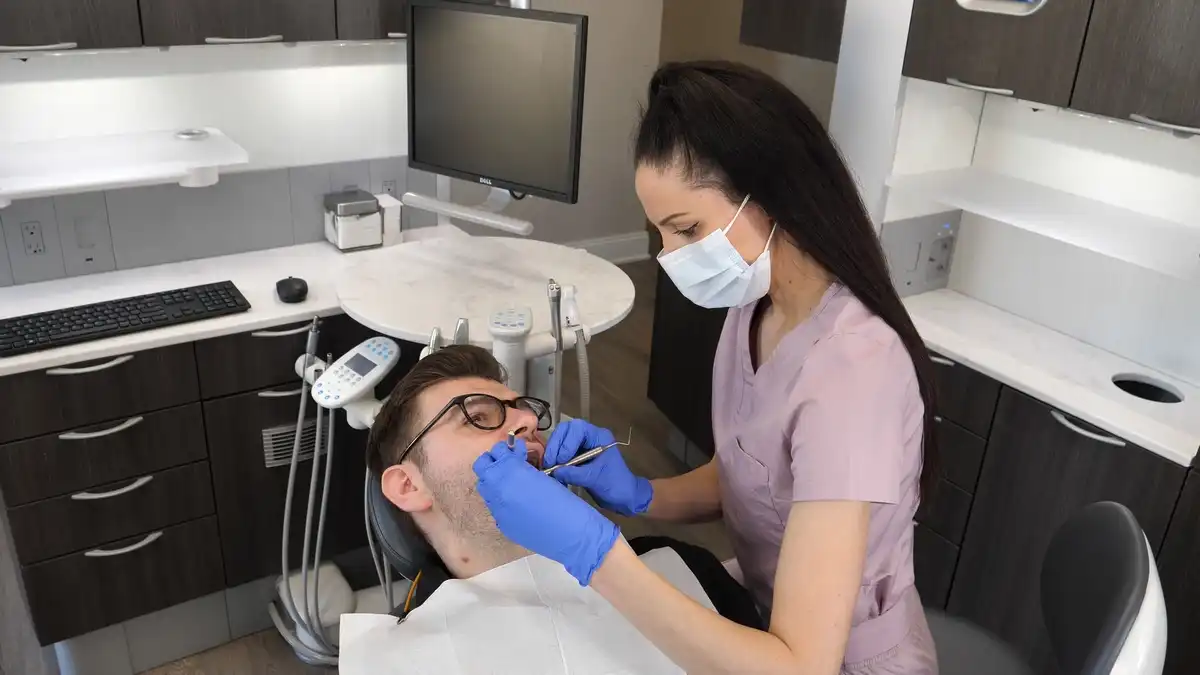You’re Probably Using Your Electric Toothbrush Wrong. Your dental hygienist can help.


The electric toothbrush- an amazing technology that promises an increase in dental health with little effort. It’s like the gold standard of oral hygiene, but here’s the kicker: even the fanciest brushes won’t do their job if you don’t use them correctly. Yes, there’s a chance you might be using your electric toothbrush wrong and it isn’t working as well as it should. Let’s fix that!
1. You’re Doing Too Much
Think of your electric toothbrush as your teammate. Your job is to gently guide it along both the teeth and gumline. Its job is to do the brushing for you. Scrubbing your teeth with your brush is not only unnecessary—it could be harmful, potentially causing gum recession due to too much force. Let the toothbrush do the work while you slowly move it around your mouth.
Try This: Hold the toothbrush lightly and let it glide from tooth to tooth. No need to press hard or brush with circles like you would brush with a regular manual toothbrush.
2. You’re Zipping Through Too Fast
Most electric toothbrushes come with a two-minute timer for a reason. Research shows that at least 2 minutes is the needed amount of time to remove bacteria.(1) If you’re cutting corners and finishing in 30 seconds, you’re leaving a lot of biofilm behind. (Biofilm is the dental term for that sticky bacteria layer that likes to hang out on your teeth.)
Try This: Divide your mouth into four sections or quadrants (upper right, upper left, lower right, lower left) and spend 30 seconds on each. If your toothbrush has a timer, listen for the buzz or pause and move to the next section.
3. You’re Pushing Too Hard
More pressure doesn’t equal cleaner teeth. In fact, it can damage your teeth if you have recession with your gums. (2)
Try This: A light touch is all you need. If your toothbrush has a pressure sensor, use it. It’ll alert you if you’re brushing with the force of a jackhammer. If not, pretend you’re brushing a marshmallow or try holding your toothbrush with just your fingertips instead of having a palm grasp on the handle.
4. You’re Missing Your Gumline
Your gums are such an important part of the mouth. They cover bone that keep the teeth intact. Plaque/biofilm loves to hide out right at the gumline. If you’re only brushing the flat surfaces of your teeth, you’re missing the most important area. (3)
Try This: Angle the bristles at a 45-degree angle toward your gumline. Gently guide the toothbrush along the edge of your gums so it can brush away plaque.
5. You’re Not Replacing Your Brush Head
If your brush head is looking worse for wear, it’s time for a replacement. Research shoes that worn-out bristles can’t clean effectively, and they may even irritate your gums as you brush. If your toothbrush bristles are flared at all, they will not be able to remove as much bacteria and it’s time to replace your toothbrush head with something new. (4)
Try This: Swap out your brush head every three months—or sooner if the bristles are frayed. Pro tip: Set a reminder on your phone for 3 months after you replaced your toothbrush head.
Final Thoughts:
Your electric toothbrush is a powerful tool, but it needs your help to get the job done. By using the right technique and giving your teeth and gums the TLC they deserve, you’ll be on your way to a healthier, brighter smile in no time.
So, grab that toothbrush, review the proper technique, and brush like a pro. Your teeth (and your dental hygienist) will thank you!

Make your inbox smile!
Subscribe




